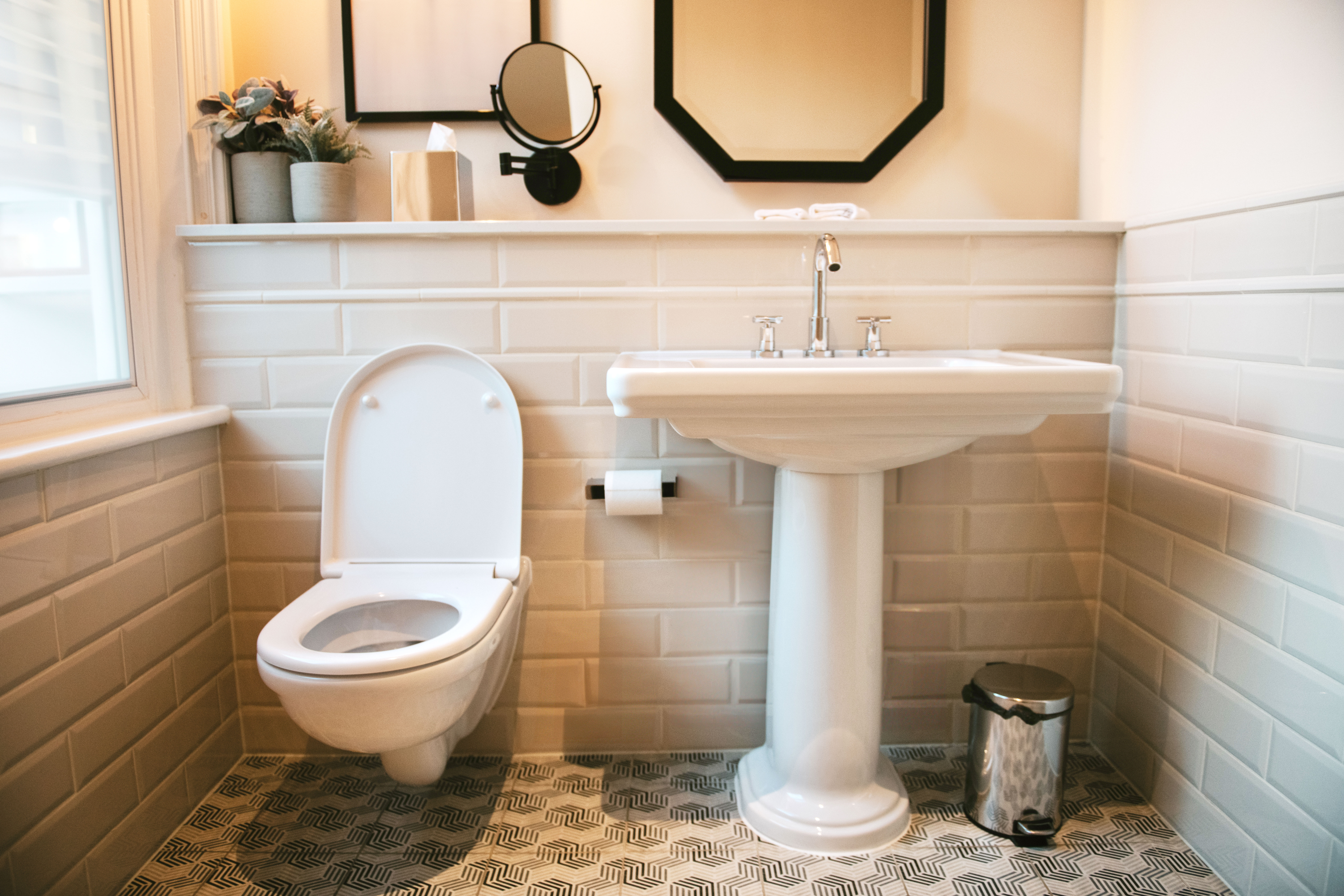
Learn how much a plumber costs in Atlanta and how to hire a licensed pro for repairs, upgrades, or emergency plumbing service in your neighborhood.
What to do when your tub is crying for help—literally
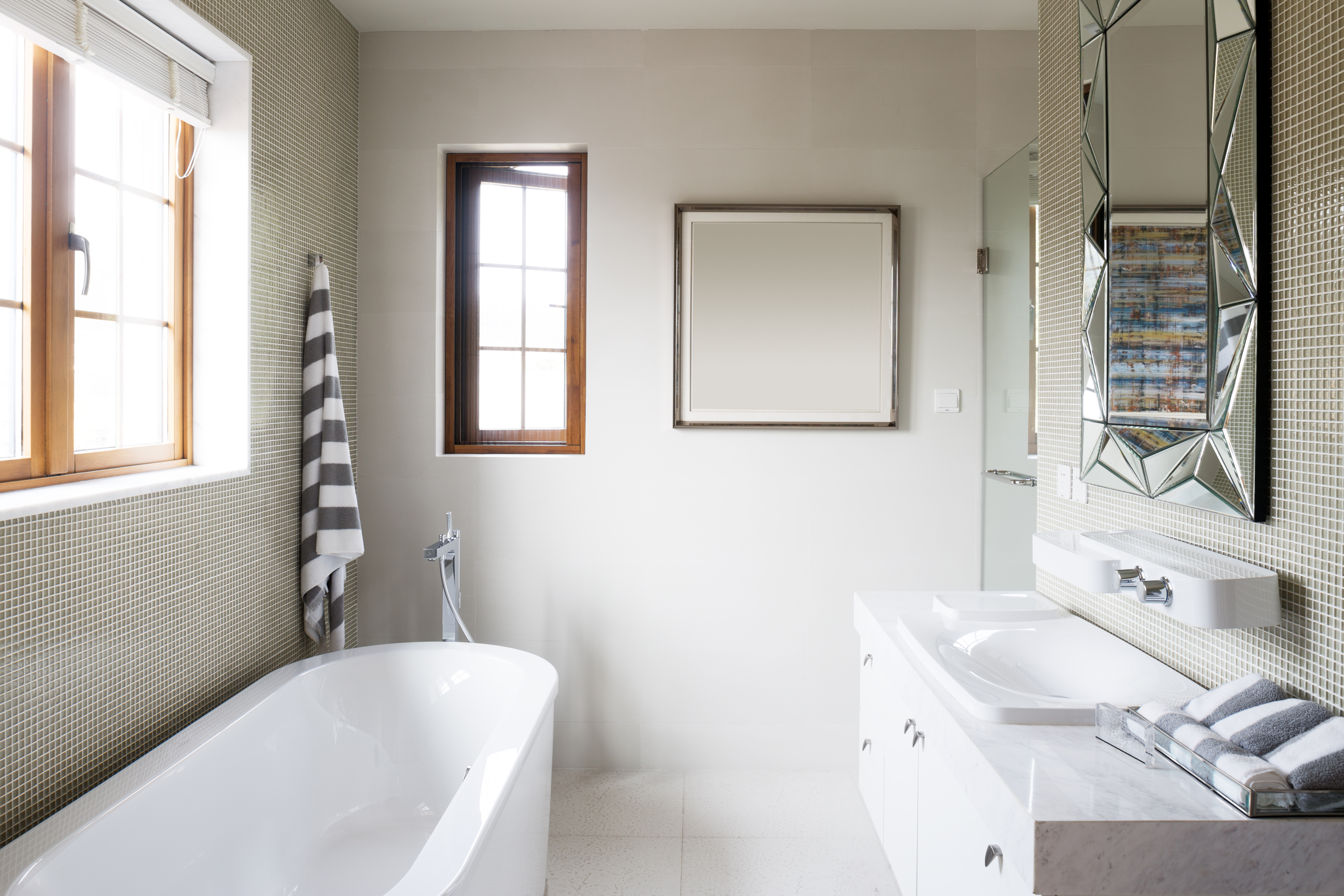

The most common cause of leaking under a bathtub is failing caulk around the edges.
Leaks under your tub may be stemming from an issue further up the wall.
Call a pro for help if a drain or supply line is causing the leak.
Prevent leaks with regular caulking, tile grout repairs, and plumbing inspections.
You step out of the shower and realize that water is pooling on the floor around your tub. Your immediate thought may be, Why is my bathtub leaking from underneath? In reality, most leaks that seem to come from under your tub are actually starting much higher up. Understanding how to assess and fix the leak—and when to call a pro for help—will help mitigate the damage and get you back to worry-free bathing.
The most common cause of water coming from underneath your tub is actually failing caulk around the perimeter of the top of the tub. Caulk creates a waterproof seal between the tub and the surrounding walls, and when it fails, water can drip down between the tub and the wall and come out the bottom. If you only see water pooling during or following a shower, this is likely the problem.
Recaulking your tub is the best way to deal with this issue. Let the tub dry completely, remove the old caulk with a putty knife, clean the area, and then apply a new bead of caulk. Smooth it out with your finger, and then let it cure. Curing takes 24 to 48 hours, but follow the manufacturer’s directions.
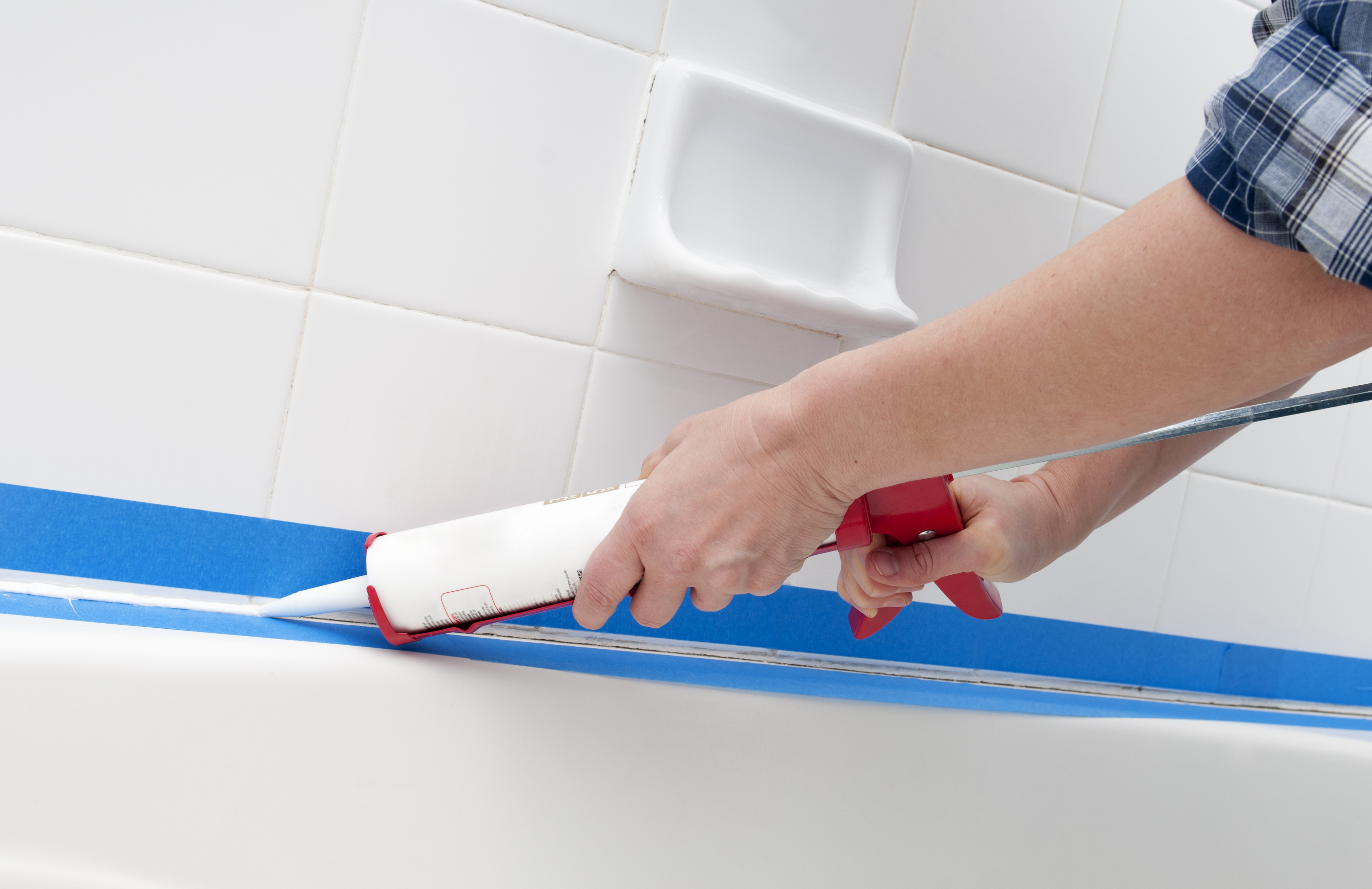
Similarly, the grout between the tiles on your shower surround can crack and fail over time. Water that gets behind the tile can drip down behind your tub and then leak out the bottom, making it look like your tub is leaking underneath.
Once the walls are completely dry, use a grout saw to remove the old grout. Clean the area, and then use a grout float to apply new grout. Wipe away any excess with a damp sponge before it dries, and then let the grout cure. Apply a grout sealer for long-term protection.
It’s less likely that you’re dealing with an actual plumbing issue, but if you are, chances are the water is coming from the main drain, which sits at the bottom of your tub. This is the most likely part of the bathtub assembly to leak, making it the most likely culprit if your grout and caulk are in good condition.

The easiest solution is to remove the drain grate with a drain removal tool and check the bead of plumber’s putty for damage or cracking. This is the most likely place where the main drain will leak. Roll out a new bead of plumber’s putty, line it up around the underside of a new drain grate, and install.
If the leak persists, call a plumber to replace the gasket underneath the tub. This is a much more involved project, so relying on a pro is best.
The overflow drain is located on the front wall of your tub, above the main drain at the bottom. In most cases, you won’t rely on this drain. But if the overflow cover isn’t installed or sealed properly, water can leak behind it and then down the wall behind the tub. You’ll likely only see a small amount of water pooling if this is your issue.
Let the tub dry completely. Remove the overflow cover using a screwdriver, and replace the gasket behind it. Reinstall the cover, and then caulk around the sides and top, leaving a gap at the bottom. Let the caulk cure before using your tub again.
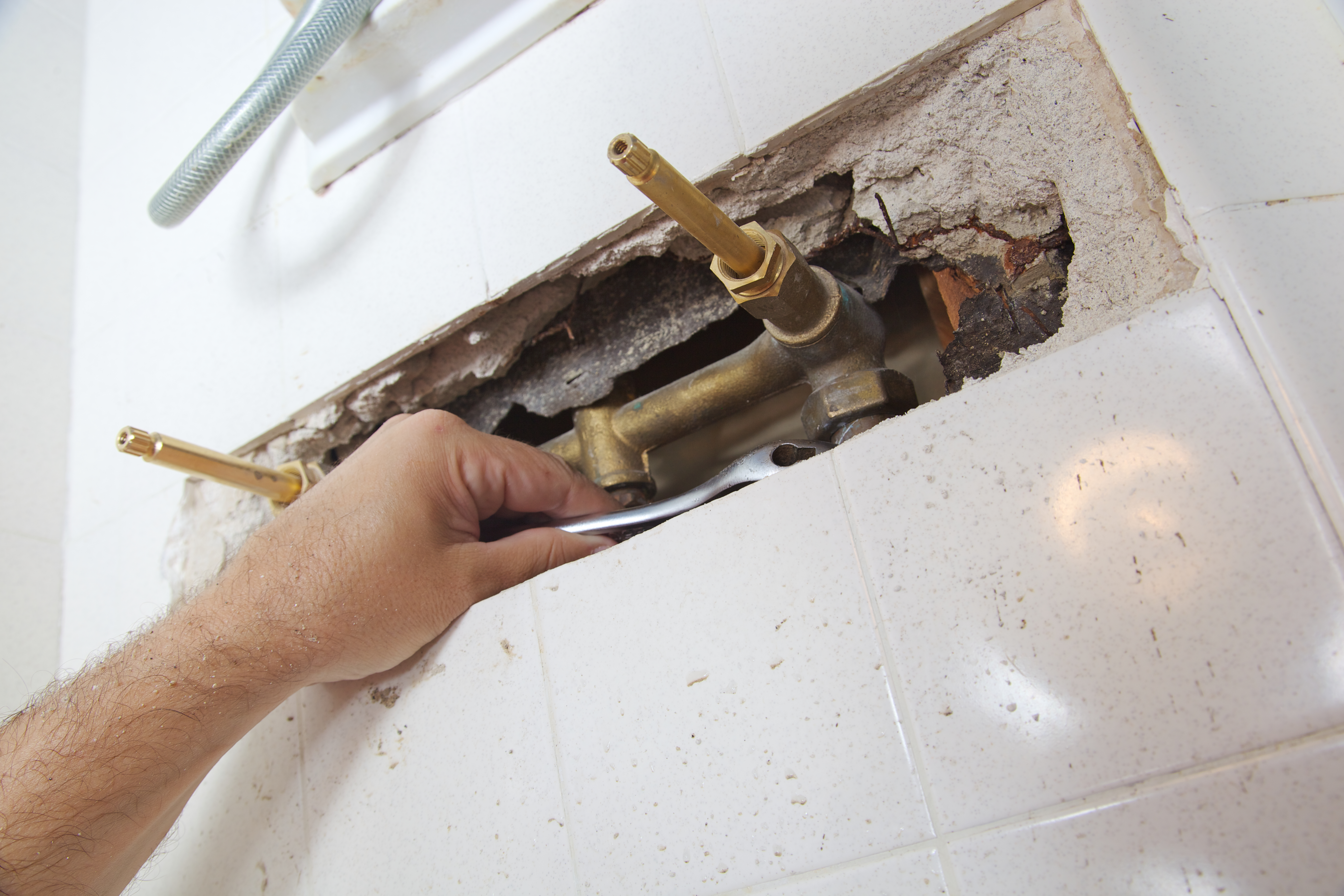
The most serious issue that can cause water to pool around your tub is a leak in the water supply lines. If this is your issue, you’ll see water even when the tub isn’t in use.
You can stop the flow of water and limit worsening water damage by shutting off the water at your water main. A permanent solution, however, will require help from a plumber.
Many of the simplest causes of a tub leaking from underneath are DIYable, so if you’re only seeing pooling water during or after a shower or bath, try removing and replacing the caulk and tile grout, especially if they’re more than five years old or are visibly damaged. You can also try replacing gaskets and plumber’s putty in your bathtub assembly.
If these solutions don’t fix your problem, call a local plumber right away. They can assess the problem and implement a permanent fix. Always default to hiring a plumber if you notice unusual floor creaks around the tub or water damage to building materials from the underside. These usually indicate more serious problems, so the cost of hiring a plumber is well worth it.
Avoiding bathtub leaks entirely isn’t always possible, but there are some things you can do to reduce the risk.
Recaulk every three years: Caulk will eventually dry out and crack, leaving you exposed to leaks around your tub. Remove the old caulk and replace it every three years to avoid problems.
Regrout shower tile every five years: Similarly, tile grout lasts five to 10 years, so replacing it every five years will help mitigate issues. New grout also improves the look of your shower, so this is a win-win.
Schedule routine plumbing inspections: Finally, have a plumber complete a plumbing inspection annually to stay ahead of failing gaskets and potential leaks.
From average costs to expert advice, get all the answers you need to get your job done.

Learn how much a plumber costs in Atlanta and how to hire a licensed pro for repairs, upgrades, or emergency plumbing service in your neighborhood.
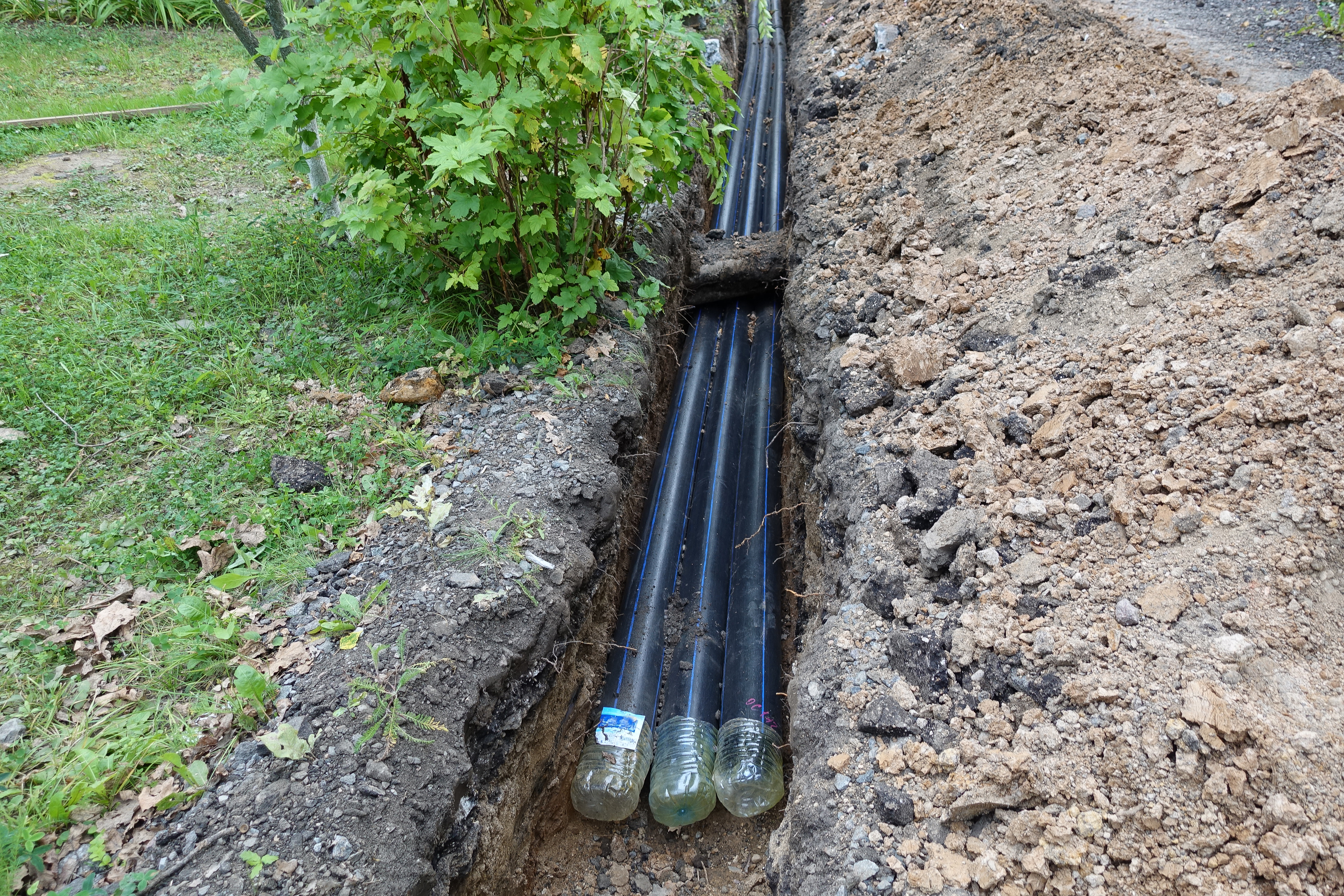
Discover the primary factors that will affect your main water line replacement cost in Atlanta, including length, material selection, and installation method.

Discover average main water line repair costs in Atlanta, GA, plus local factors that affect price, when to hire a pro, and how to maximize your budget.
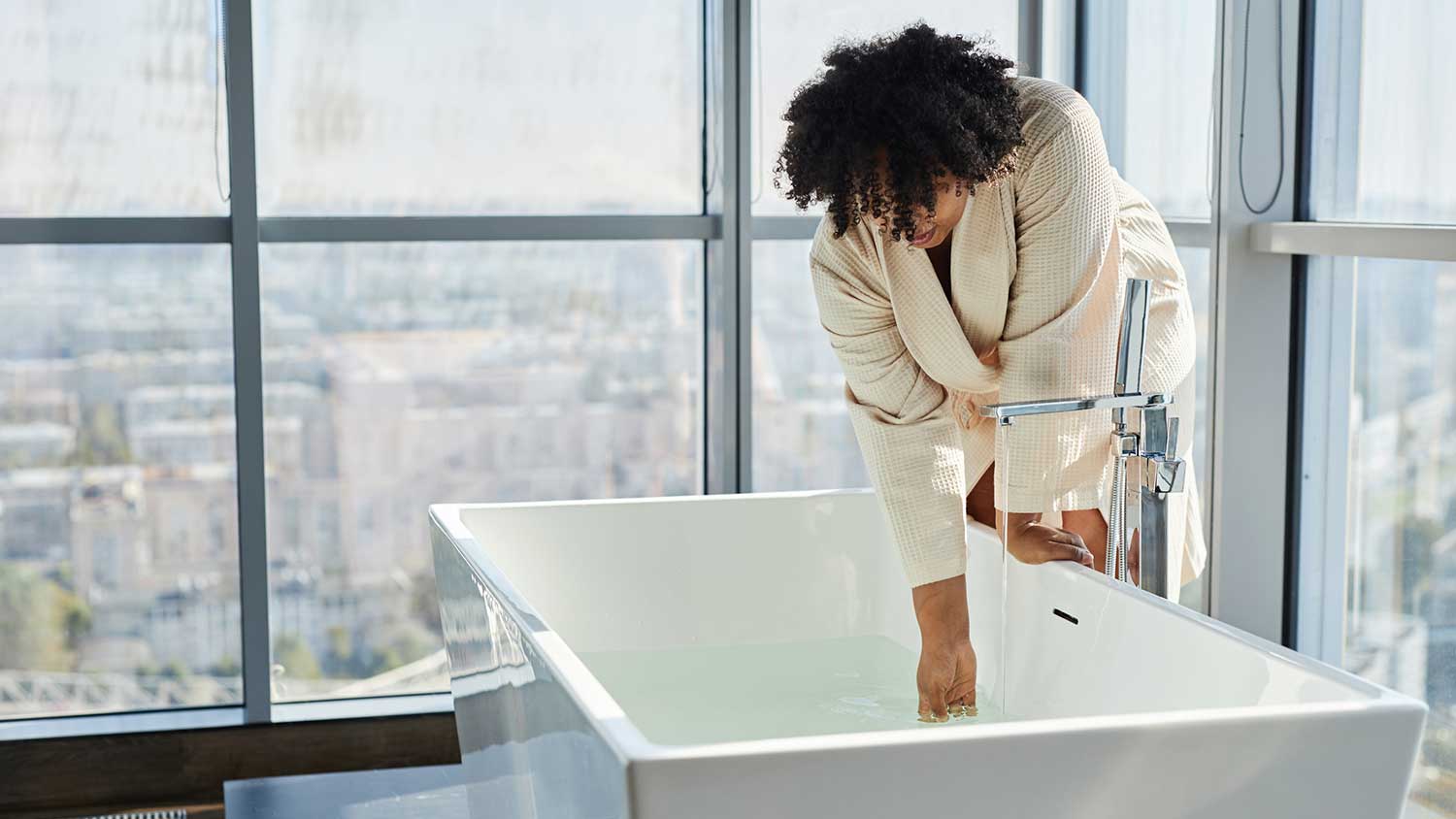
Most homeowners will eventually need to replace bathroom hardware. This guide breaks down bathtub faucet installation costs, so you can upgrade your bathroom.

If you're concerned about the water quality at your home, it may be time to install a water purification system. Different types of water purification can offer different benefits for removing debris, particles, dirt, bacteria, and viruses from your water.

We’ll show you how to keep pipes from freezing in the winter and how to thaw yours before they burst.